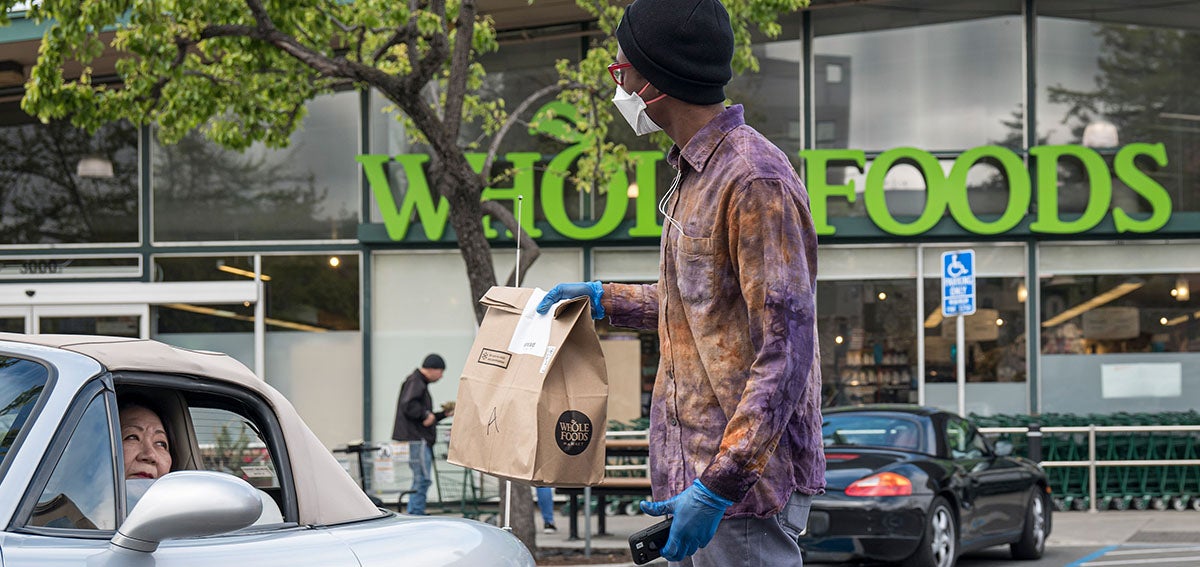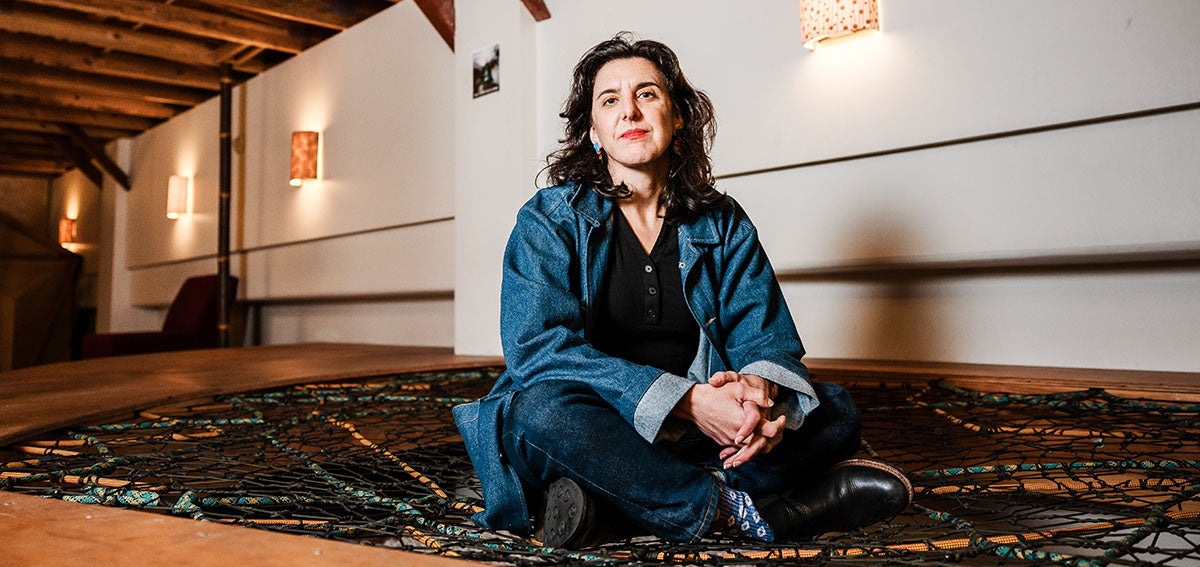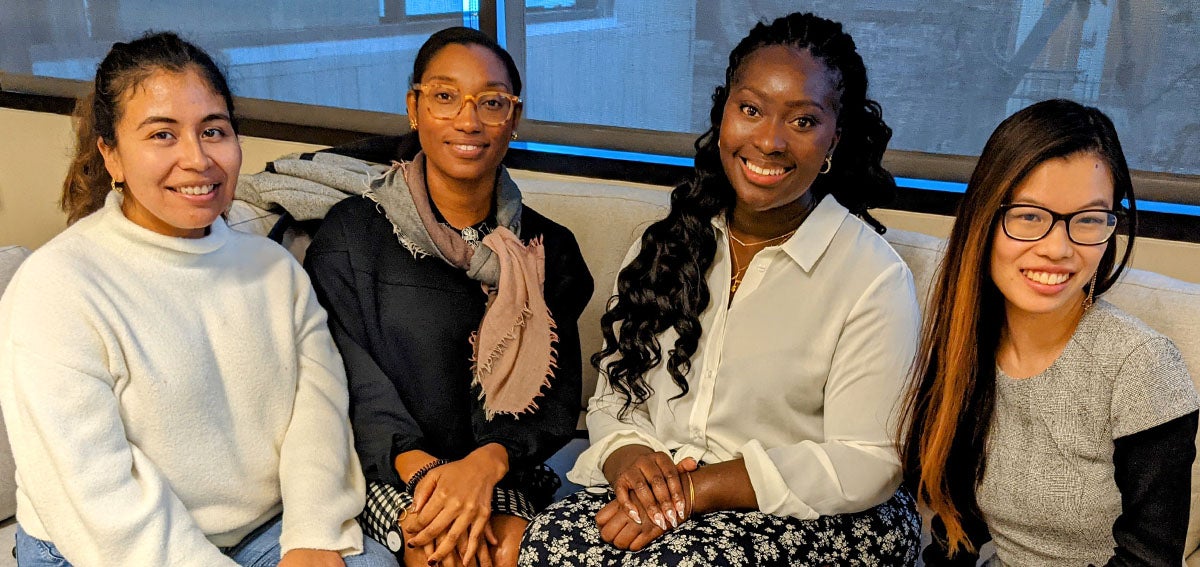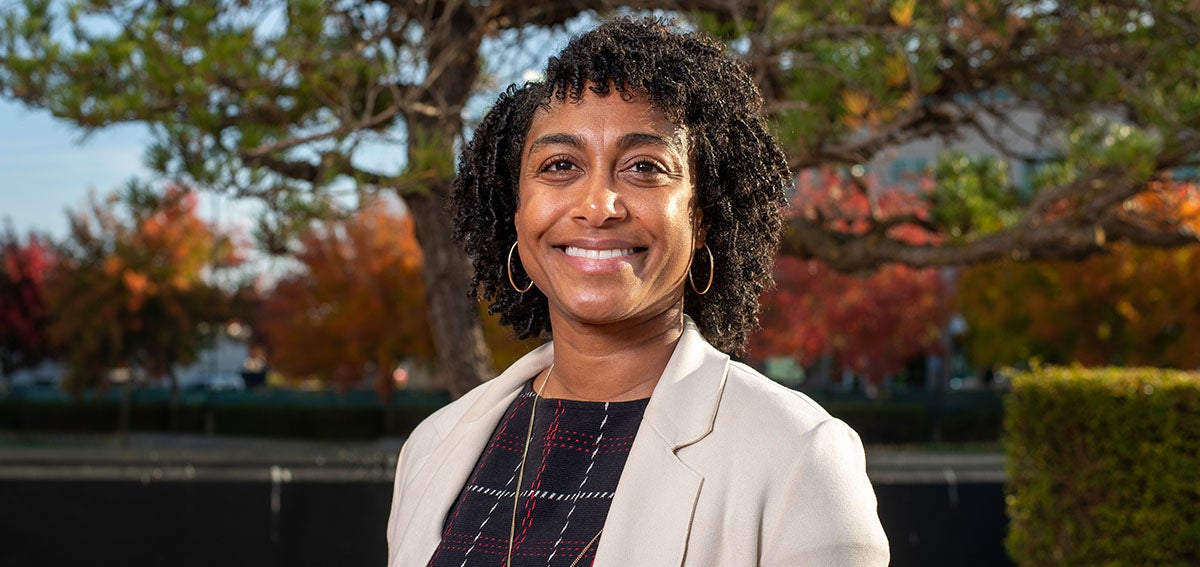

Since late 2019, when the novel coronavirus first began its global march, a common narrative has followed it into almost every country — COVID-19 is an equal opportunity disease. But early data from Illinois, Michigan, and New York tell a far different story: The coronavirus disproportionately infects and kills people of color.
In Illinois, Black people represent 14.6% of the population but 28% of confirmed COVID-19 cases, Professor Ibram X. Kendi, director of The Antiracist Research and Policy Center at American University, wrote in the Atlantic. In Michigan, Black people make up 14.1% of the population but 40% of COVID-19 deaths.
Kendi’s analysis of data released by the New York Times found that, in the five New York City zip codes with the highest infection rates, there was “a significant overrepresentation of Latinos (45.8%) and Asians (23.4%), and a significant underrepresentation of whites (21.2%) and Blacks (8%) when compared with their citywide populations.”
“In practice, in the real world, this virus behaves like others, screeching like a heat-seeking missile toward the most vulnerable in society,” New York Times opinion columnist Charles M. Blow wrote. “And this happens not because it prefers them, but because they are more exposed, more fragile, and more ill.”
Here’s a look at how COVID-19 is exacerbating the health disparities that already burdened people of color.
More People Uninsured
The pandemic has amplified the importance of health insurance coverage. While all racial and ethnic groups nationally had large coverage gains under the Affordable Care Act (ACA), Black people, Latinos, American Indians and Alaska Natives, and Native Hawaiians and other Pacific Islanders remain more likely to be uninsured compared to white people, according to KFF.
The racial disparity in coverage is conspicuous when comparing states that expanded Medicaid eligibility under the ACA to those that did not. A Commonwealth Fund analysis of data up to January 2018 estimated that 46% of working-age Black adults live in the 15 states that did not expand Medicaid — a much larger share than the national average — along with 36% of Latinos. As of now, 14 states continue to resist Medicaid expansion.
Immigration status also is a barrier to health insurance coverage. Among the nonelderly population, noncitizens — both documented and undocumented — are significantly more likely than citizens to be uninsured. Additionally, the public charge rule, which became effective on February 24, has contributed to a “chilling effect” among immigrant communities. Even immigrants who are legally beyond the reach of the public charge rule have, out of fear, been disenrolling or avoiding public benefits like Medi-Cal.
In recent weeks, the US Citizenship and Immigration Services has been encouraging immigrants to seek necessary medical treatment or preventive services for COVID-19. The agency stated that it “will neither consider testing, treatment, nor preventative care (including vaccines, if a vaccine becomes available) related to COVID-19 as part of a public charge inadmissibility determination . . . even if such treatment is provided or paid for by one or more public benefits.”
Nonetheless, “the rule has instilled fear in immigrant communities who have already been wary of accessing health coverage long before the rule went into effect and even in cases where the rule does not apply,” Kathryn Pitkin Derose, senior policy researcher at RAND Corporation, wrote in The Hill.
People who are uninsured face increased challenges obtaining coronavirus testing and treatment partly because they may lack a usual source of care or may fear out-of-pocket medical costs. KFF reported that 26% of Latinos and 20% of Black people said they had no usual source of care when sick other than the emergency room, compared to 14% of white people. When asked if they had forgone needed health care because of cost, 21% of Latinos and 17% of Black people said they did, compared to 13% of white people.
Increased Likelihood of Underlying Health Conditions
During a White House press briefing on April 7, Anthony Fauci, MD, director of the National Institute of Allergy and Infectious Diseases, drew a parallel between the HIV/AIDS crisis, which devastated the gay community, and COVID-19, which is “shining a bright light on how unacceptable” health disparities in the Black community are.
Once infected with the coronavirus, Black Americans are more likely to become ill or die because of underlying health conditions. “Environmental, economic, and political factors have compounded for generations, putting Black people at higher risk of chronic conditions that leave lungs weak and immune systems vulnerable: asthma, heart disease, hypertension, and diabetes,” Akilah Johnson and Talia Buford reported in ProPublica.
In the words of Peter Hotez, MD, PhD, the dean of tropical medicine at Baylor College of Medicine, COVID-19 will become a “disparity disease,” meaning it will “follow the well-worn tracks of poverty, race, and comorbidity,” Benjamin Wallace-Wells wrote in the New Yorker.
As if to illustrate this point, a new study from the Harvard University T.H. Chan School of Public Health found that long-term exposure to air pollution was associated with higher COVID-19 death rates, Lisa Friedman reported in the New York Times. As the article notes, these findings could mean that places like California’s Central Valley and communities of color — many of which are exposed to disproportionately high levels of air pollution — are more likely to experience more severe cases of COVID-19.
Because Native Americans have high rates of diabetes, hypertension, and heart disease, they are another pandemic risk group. “COVID-19 could be a perfect storm for Indian Country,” Dante Desiderio, executive director of the Native American Financial Officers Association, told Maria Givens in Vox.
The Indian Health Service (IHS), which serves 2.2 million American Indians and Alaska Natives, is chronically underfunded and underresourced. “Before COVID-19, the IHS was meeting only about half of tribal health needs,” Debby Warren wrote in Nonprofit Quarterly. “Today, its 24 hospitals have 71 or fewer ventilators and just 33 intensive care unit beds.” Furthermore, Givens reported that not a single IHS clinic can run coronavirus lab tests in-house.
Need for Real-Time Data by Race
Early state figures showing catastrophic racial disparities in COVID-19 cases and deaths have prompted calls for the systematic collection and reporting of racial and ethnic data nationwide. “This is probably one of the most important lessons that we’ve learned from [Hurricane] Katrina, [from] the 2008 financial crisis: If we’re not paying attention to data that is disaggregated by race and ethnicity, the efforts that we often put in place wash right over those communities and miss them,” Michael McAfee, CEO of PolicyLink, told Politico.
Most cities and states are not reporting race along with counts of confirmed cases and fatalities, the New York Times reported. This may be changing. On April 7, Trump publicly acknowledged the racial disparity for the first time and said he expected to have statistics within the next few days.
California now is stratifying COVID-19 data by race. On April 9, the California Department of Public Health released an initial analysis of data representing 54% of the state’s COVID-19 cases and 53% of deaths. That data revealed that 26% of COVID-19 deaths were among Latinos, 18% among Asians, and 8% among Black people. This is roughly in line with the diversity of California overall, but the data are limited to the sample size.
“Preliminary data from Los Angeles County paints a different picture,” Sandra R. Hernández, MD, president and CEO of CHCF, and Kara Carter, senior vice president of strategy and programs at CHCF, wrote in a blog post. “Their current numbers show Black residents dying at a slightly higher rate than other groups.”
Some counties, including San Francisco and Santa Clara, are working to break down their data sets. Santa Clara plans to release a data tracker with demographic information, hospitalizations figures, and more, Tony Barboza and Joseph Serna reported in the Los Angeles Times.
What have you read about COVID-19’s amplification of health disparities? Email me.
Authors & Contributors






